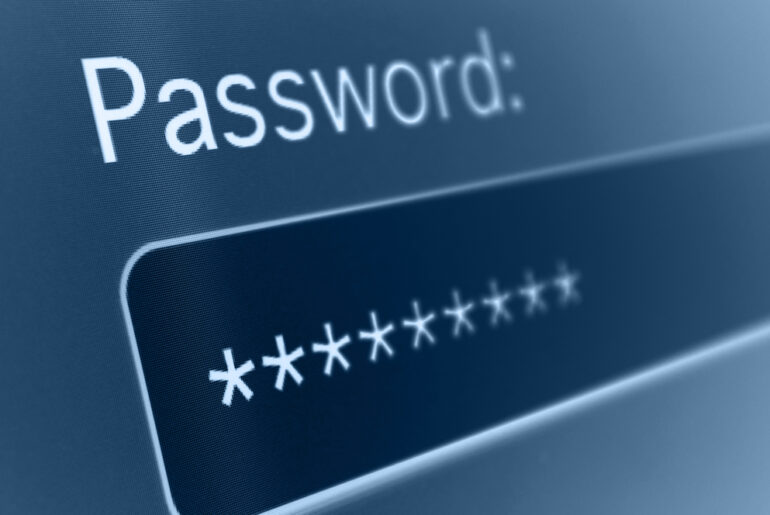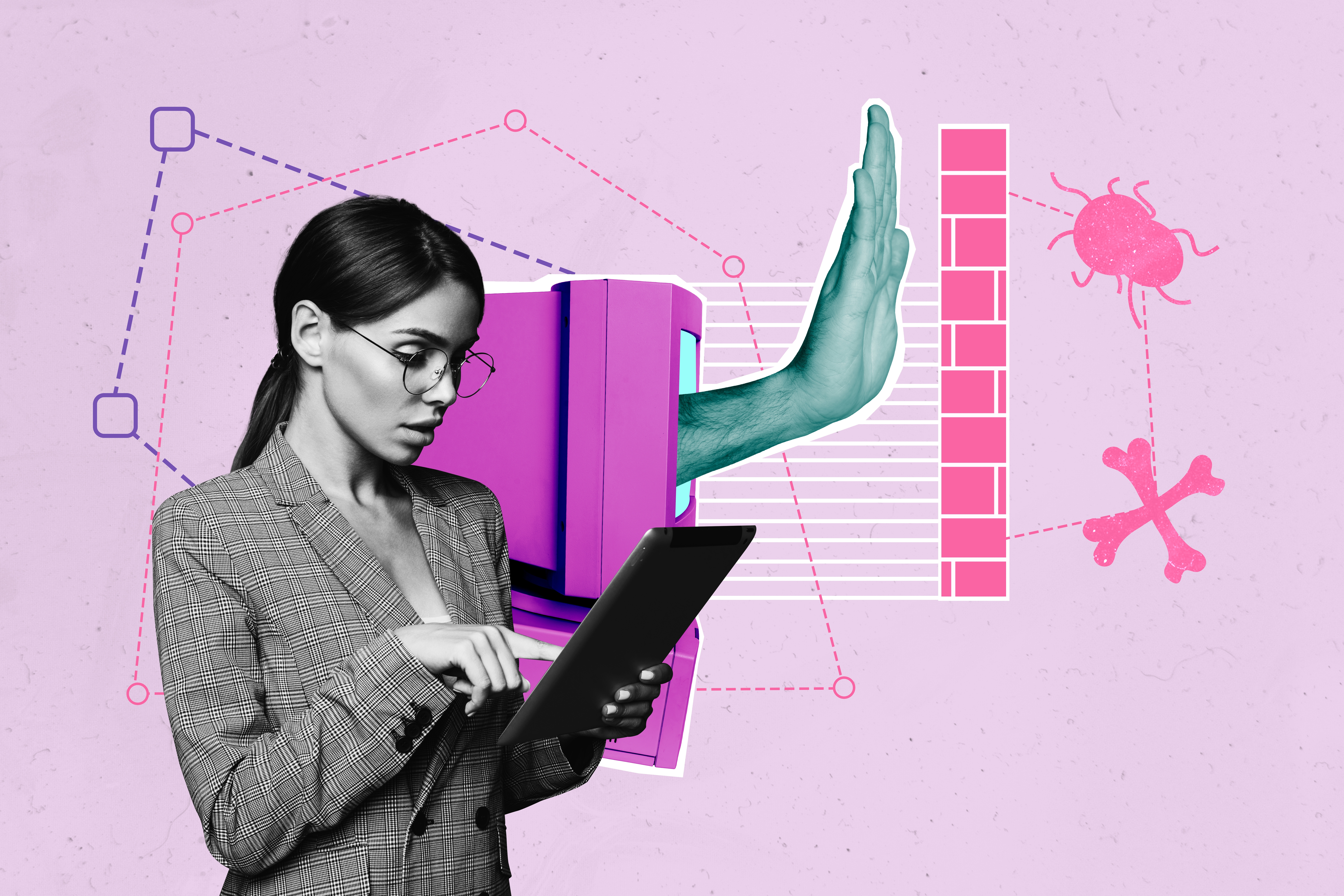Children are spending more time online than ever before. Whether they’re attending school virtually, playing games on the Internet, or chatting with friends, being online is a constant in many children’s lives. Unfortunately, not all interactions that your child has on the Internet are going to be safe. In some cases, they may even encounter serious incidents of cyberbullying. Below, we’ll teach you how to know if your child is being cyberbullied and how you can stop it.
What is Cyberbullying?
Cyberbullying is a form of continued harassment that occurs primarily over the Internet. It can manifest as hateful messages, abusive interactions, offensive comments, and other similar conduct. This is also known as “trolling”. Anyone can be a target of these cyberbullying attacks, but children and young adults tend to be the most common target. According to research from the Youth Risk Behavior Surveillance System, 15.7% of high school students experienced cyberbullying in 2019.
Cyberbullies attempt to embarrass and intimidate their victims across different social media platforms, apps, and websites. They leverage comments, replies, quote retweets, DMs, and more to harass their targets. Some have even created entire profiles dedicated to attacking their victims. These experiences can be genuinely traumatizing, as well as being a major threat to the target’s online security.

Types of Cyberbullying
As the trend of cyberbullying continues on the Internet, new variations begin to emerge. Identifying the different types of cyberbullying can help you learn whether your child is experiencing one of these attacks and how to combat them. It can also give you an idea of how to prevent them from occurring in the first place. Let’s explore some of the most common types of cyberbullying and how to spot them.
Harassment
Harassment can take many forms, which is especially true when it comes to cyberbullying. The type of harassment that someone may face depends entirely on the platform(s) they experience it on. For example, someone may harass you over Twitter by retweeting all of your posts and mocking you in each one. Alternatively, they can harass you over Facebook by using the “reactions” to leave angry faces or laughing faces attached to your posts. This is merely just the tip of the iceberg when it comes to online harassment, which can have seriously detrimental effects on the victim’s psyche.
False Accounts
Creating fake profiles to impersonate another individual is a common tactic that online attackers use. Depending on the type of attack, cyberbullies may even impersonate their victims. Making these false accounts can give cyberbullies the ability to continuously attack another individual even after someone blocks and reports them.
Humiliation
There are many different ways that a cyberbully could humiliate their target on the Internet. Purposefully excluding them from online games, ridiculing them publically on social media, or sharing personal information about their target without permission are all common tactics. In most cases, cyberbullies are usually always attempting to humiliate their targets in some way. Their primary goal is to make the victim feel bad about themselves.
Account Stealing
Logging into another person’s account is another popular method of cyberbullying. When an individual accesses their victim’s profile, they can easily post messages, photos, or videos without their permission. This may be done in an effort to embarrass the target by sharing content that they would not normally post. This can also be done by cybercriminals who are attempting to obtain your child’s information.

How to Know if Your Child is Being Cyberbullied
In order to identify the signs of cyberbullying, it’s important to know what to look for. Some types of cyberbullying can occur on a minor scale without your child knowing, while others can be direct. Take a look at the following list to determine whether or not your child might be experiencing serious cases of cyberbullying and how you can help.
If your child…
- Appears disinterested in their normal activities
- Has begun using their computer/phone significantly less
- Quickly switches Internet windows when a parent enters the room
- Ignores or immediately dismisses messages and notifications
- Mentions feeling left out, humiliated, or lonely
- Experiences reduced energy levels
- Seems unhappy and nervous
…then there is a chance that they may be the victim of cyberbullying.
Preventing cases of cyberbullying from occurring to your child can be a challenge. There is no true way for you to control the actions of other people on the Internet. The best way to protect your child from cyberbullying is to educate them. Ensure that they know how to spot cyberbullies and the methods that they use. You can also install additional parental controls and a VPN on their devices to give them more privacy and protection.

Reliable Online Protection from PrivadoVPN
Give yourself more peace of mind with powerful privacy and protection from PrivadoVPN. With an easy-to-use VPN on all of your devices, you can rest assured that your data is secure. PrivadoVPN brings you unlimited data, unlimited speeds, and unlimited privacy with just one click. Connect to hundreds of global servers with layers of advanced encryption to give you the protection that you need. Sign up today with PrivadoVPN.
Download PrivadoVPN
Protect your privacy with a world-class VPN. Sign up for premium access to PrivadoVPN and get unlimited monthly data, access to 300+ servers from around the world, and up to 10 simultaneous connections. Get a top-rated VPN that can secure your privacy at home, at work, or on the go.
Sign up for PrivadoVPN today!




